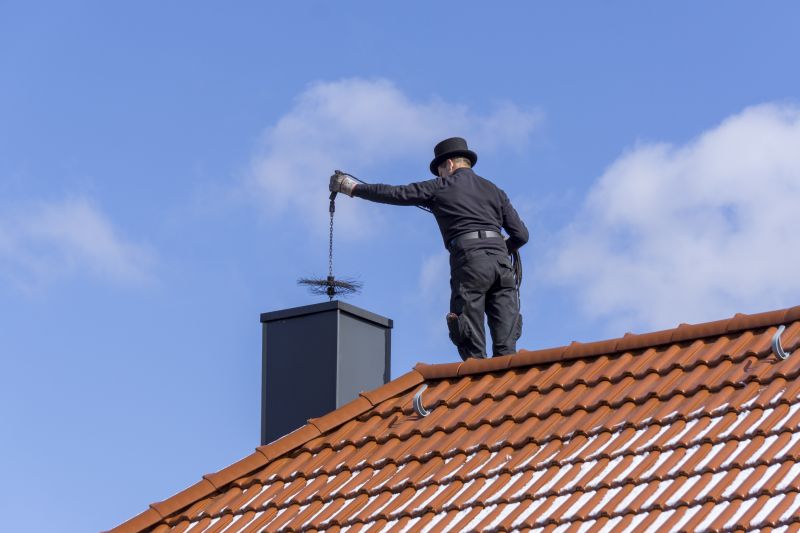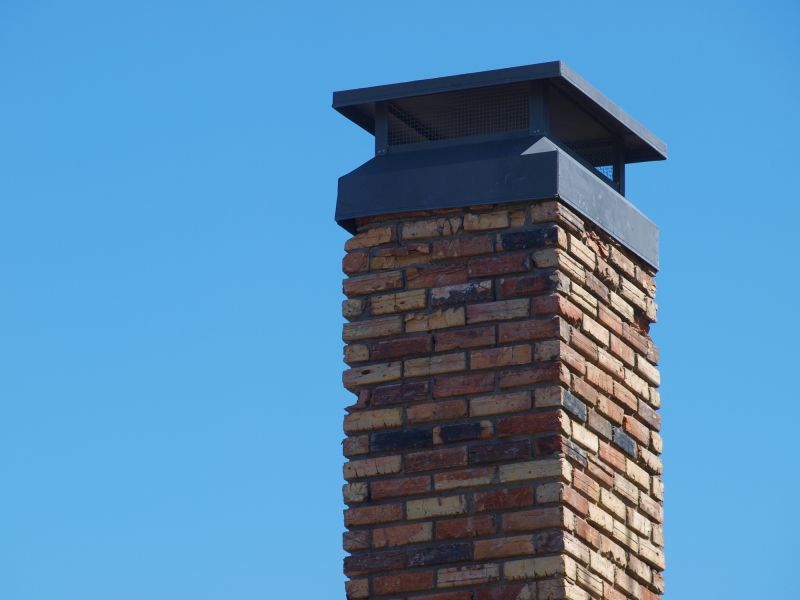Precision Chimney Inspection for Safe Heating Systems
Regular chimney inspections are essential for maintaining the safety and efficiency of wood-burning fireplaces and chimneys. Proper inspection helps identify potential issues before they develop into costly repairs or safety hazards.

A sturdy chimney cap prevents debris, animals, and water from entering the chimney, protecting its interior components.

Inspecting the chimney liner ensures it is intact and free from cracks or damage that could allow harmful gases to escape.

A properly functioning damper controls airflow and prevents heat loss when the fireplace is not in use.

A well-maintained wood fireplace provides efficient heating and reduces the risk of smoke and fire hazards.


Neglecting chimney inspections can lead to dangerous situations such as chimney fires, carbon monoxide leaks, and structural damage. Regular assessments help ensure all components function correctly and safely.
Protects the chimney opening from debris, animals, and water entry.
Provides a safe pathway for smoke and gases, preventing heat transfer and fire risk.
Serves as a safety zone and supports proper combustion.
Ensuring these components are in good condition is vital for safe and efficient fireplace operation. An inspection can reveal issues such as cracks, blockages, or deterioration that require attention.

Damper in open position for proper airflow during use.

Clean interior reduces creosote buildup and fire risk.

A well-maintained wood fireplace ensures efficient heating.

Prevents animals and debris from entering the chimney.


Regular chimney inspections are recommended to maintain safety, improve efficiency, and extend the lifespan of fireplace components. A professional assessment can help identify potential hazards early.
To ensure the safety and functionality of a wood-burning fireplace and chimney, contact for a detailed inspection and assessment. Use the contact form to request a quote for professional chimney inspection services.
